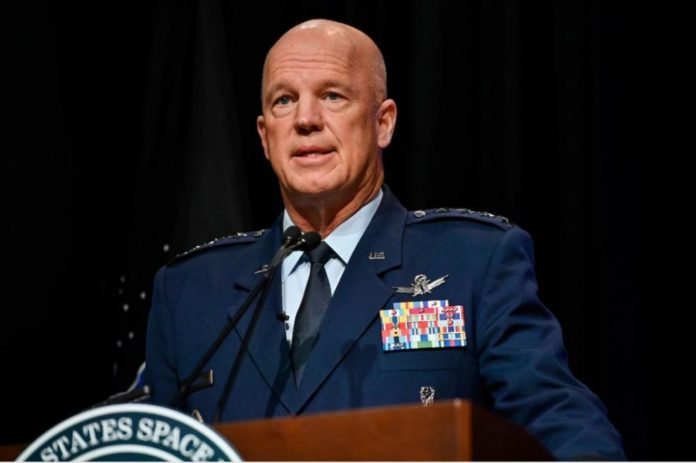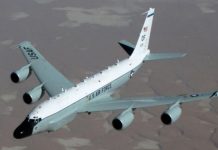
Nov. 10 (UPI) — A 16-page plan, written by U.S. Space Force chief Gen. John Raymond to outline the new service branch’s management practices, was revealed by the branch on Monday.
“Chief of Space Operations’ Planning Guidance” is a formal guide to Raymond’s vision for the Space Force and provides the framework for its management, priorities and identity, Space Force officials said.
The branch was first organized in 2019 as part of the U.S. Air Force, before its formal establishment as the 6th branch of the U.S. military in December 2019.
Raymond was sworn in as head of the branch in January.
“I expect all uniformed and civilian space professionals, and USAF personnel assigned to USSF units and staffs, to read and begin implementing this guidance immediately,” Raymond wrote in the new document.
Itemized priorities include empowerment of a “lean and agile service,” development of warfighters, delivery of relevant new capabilities, an expansion of cooperation to enhance prosperity and security, and creation of “a digital service to accelerate innovation” identified as the Technology and Innovation Office.
It calls for a “command by negation” command style, in which “subordinate echelons are expected to default to action except where a higher echelon has specifically reserved authority.”
The plan also notes the rise of competitors in space.
“Chinese and Russian military doctrines indicate they view space as essential to modern warfare, and view counterspace capabilities as potent means to reduce U.S. and allied military effectiveness,” Raymond wrote.
“Modern Chinese and Russian space surveillance networks are capable of finding, tracking, and characterizing satellites in all earth orbits,” he wrote. “These systems can achieve a range of effects against U.S. and allied military, civil and commercial capabilities from temporary and reversible, to irreversible degradation.”






